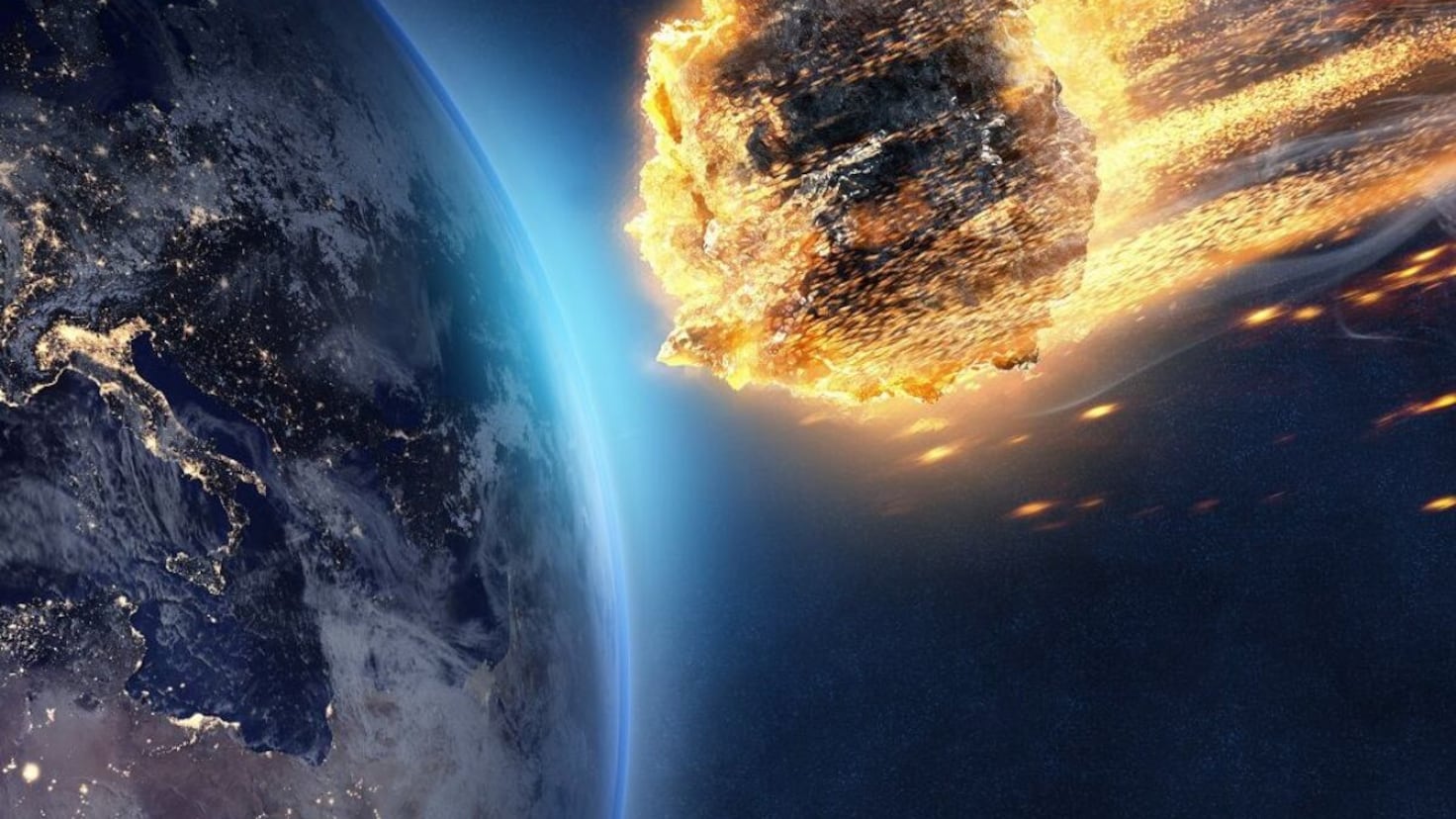The destruction of the Kakhovka dam by Russia has led to a flood with serious economic and humanitarian consequences for Ukraine. While the military is fighting in the flood zone, it must also adapt to the changing contours of the land in order to meet strategic goals. The destruction of the dam has physically reshaped the front in the war, giving both armies advantages and disadvantages. However, the changes are not expected to impede Ukraine’s planned counteroffensive with its acquired Western weaponry. The Institute for the Study of War suggested that the flood may have washed away Russian defensive positions, potentially easing Ukrainian assaults. The skirmishes after the dam’s destruction have mostly consisted of artillery attacks at a distance, as fighting continues in the area of the destroyed dam across the expanse of floodwaters. Ukrainian soldiers face challenges navigating flooded streets, plumes of smoke from artillery strikes, and Russian drones overhead. Despite the challenges, the military is adapting to the new landscape to conduct auxiliary and diversionary maneuvers. The destruction of the dam is thought to be partly a political maneuver by Russia to inflict economic and humanitarian hardship on Ukraine in retaliation for the opening of the counteroffensive in the Donetsk and Zaporizhzhia regions.
Dam’s Destruction Reshapes Ukraine, but Not Arc of the War









:max_bytes(150000):strip_icc()/GettyImages-2207954605-cacf07fd067a4c8d8b234f534f0e554c.jpg)




